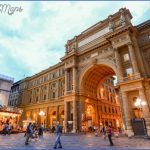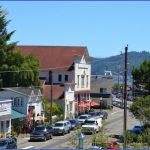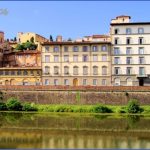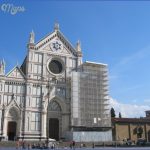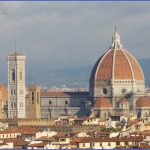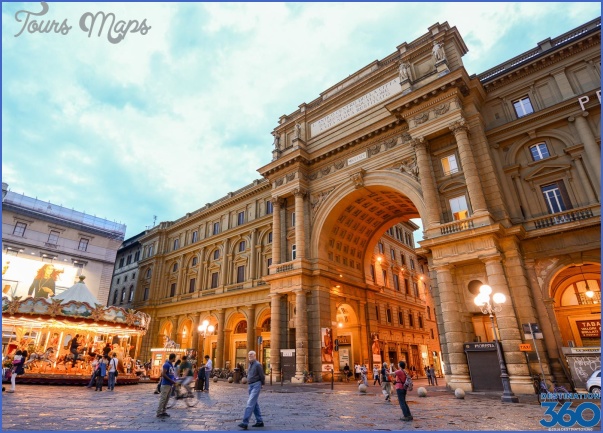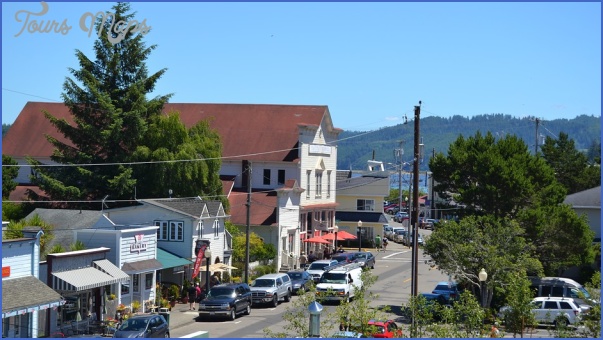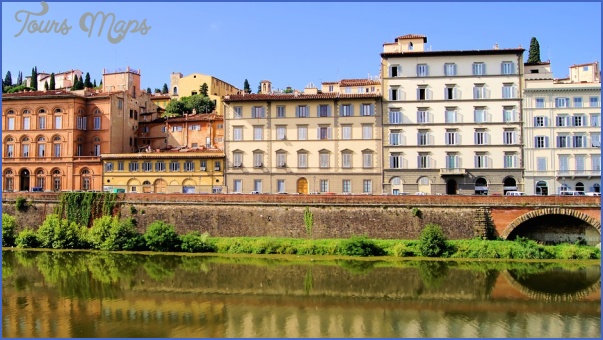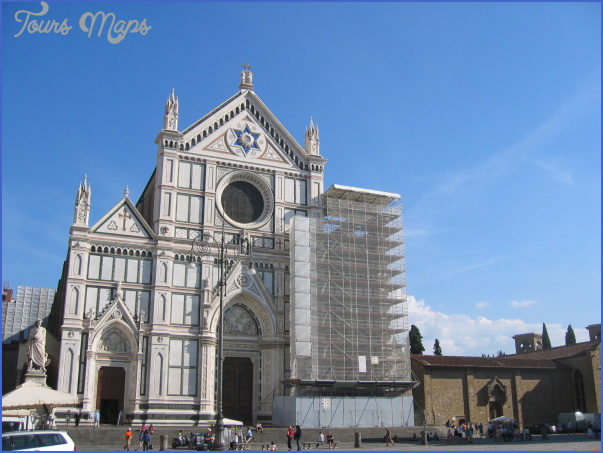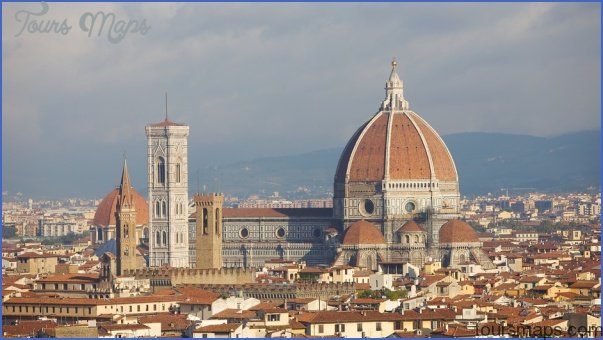THE BARGELLO AND ENVIRONS
Once the center of medieval Florence, this area now contains a number of sites dating from that period as well as several museums.
BARGELLO. The heart of medieval Florence lies in this 13th-century fortress between the duomo and P. della Signoria. Once the residence of the chief magistrate and later a brutal prison with public executions in the courtyard, it was restored in the 19th century and now houses the sculpture-filled Museo Nazionale. Donatello’s bronze David, the first freestanding nude since antiquity, stands opposite the two bronze panels of the Sacrifice of Isaac, submitted by Ghiberti and Brunelleschi in the baptistery door competition. Michelangelo’s early works, including Bacchus, Brutus, and Apollo, are on the ground floor. (V. del Proconsolo 4, between duomo and P. della Signoria. &055 238 86 06. Open daily typically 8:15am-1:50pm. Closed 2nd and 4th II of each month, though hours and off days vary by month. ‚4.)
BAOIA. The site of medieval Florence’s richest monastery, the Badia is now buried in the interior of a residential block; one would never guess the treasures that lie within. Filippino Lippi’s stunning Apparition of the Virgin to St. Bernard, one of the most famous paintings of the late 15th century, hangs in eerie gloom to the left of the entrance to the church. Note the beautiful, if dingy, frescoes and Corinthian pilasters. If you visit, walk silently among the prostrate, white-robed worshippers. (Entrance on V. Dante Alighieri, just off V. Proconsolo. Open to tourists M 3-6pm.)
MUSEO DI STORIA DELLA SCIENZA. After pondering great Italian artists and writers, head to this museum to be awed by the greats of science. This impressive collection boasts scientific instruments from the Renaissance, including telescopes, astrological models, clock workings, and wax models of anatomy and childbirth. The highlight of the museum is Room 4, where a number of Galileo’s tools are on display, including the objective lens through which he first observed the satellites of Jupiter in 1610. (P. dei Giudici 1, behind Palazzo Vecchio and the Uffizi. 055 29 34 93. Open M, W-F 9:30am-5pm; Tu, Sa 9:30am-lpm. Oct.-May also open 2nd Su of each month lOam-lpm. ‚6.50.)
CASA DI DANTE. The Casa di Dante is reputedly identical to the house Dante inhabited. Anyone who can read Italian with an interest in Dante will enjoy the displays, which trace the poet’s life from youth to. exile to the artistic creation that immortalized him. Check out Giotto’s early and paradigmatic portrait of Dante on the third floor. Nearby is a facsimile of the abandoned little church where Beatrice, Dante’s unrequited love and spiritual guide in Paradiso, attended mass. (Corner of V. Dante Alighieri and V.S. Margherita within 1 block of the Bargello. 055 21 9416. Open M and W-Sa 10am-5pm, Su 10am-2pm. ‚3, groups over 15 ‚2 per person.)
PIAZZA DELLA REPUBBLICA AND FARTHER WEST PIAZZA DELLA REPUBBLICA. The largest open space in Florence, this piazza teems with crowds and street performers in the evenings. An enormous arch filling in the gap over V. Strozzi marks the western edge of the square. The rest of the piazza is lined with coffee shops, restaurants, and gelaterie. In 1890, the piazza replaced the Mercato Vecchio as the site of the city’s market. The inscription Antico centro della citta, da secolare squalore, a vita nuova restituito (The ancient center of the city, squalid for centuries, restored to new life) makes a derogatory reference to the fact that the piazza is the site of the old Jewish ghetto, which slowly disappeared as a result of the liberation of the Jews in Italy in the 1860s that allowed members of the Jewish community to live elsewhere.
CHIESA DI SANTA MARIA NOVELLA. The wealthiest merchants built their chapels in this church near the train station. Santa Maria Novella was home to the order of Dominicans, or Domini canes (Hounds of the Lord), who took a bite out of sin and corruption. The 14th-century chiesa boasts a green and white Romanesque-Gothic facade, considered one of the greatest masterpieces of early Renaissance architecture. Thirteenth-century frescoes covered the interior until the Medici commissioned Vasari to paint new ones. Fortunately, Vasari spared Masaccio’s powerful Trinity, the first painting to use geometric perspective. This fresco, on the left side of the nave, creates the illusion of a tabernacle. (Open M-Th and Sa 9:30am-5pm, FandSu l-5pm. ‚2.50. ages 13-18 ‚1.50.)
CHIESA DI SANTA TRINITA. To spend an eternity in the company of society’s elites, most fashionable palazzo owners commissioned family chapels here. The facade, designed by Bernardo Buontalenti in the 16th century, is an exquisite example of late-Renaissance architecture that verges on Baroque in its ornamentation. Scenes from Ghirlandaio’s Life of St. Francis decorate the Sassetti chapel in the right arm of the transept. The famous altarpiece, Ghirlandaio’s Adoration of the Shepherds, resides in the Uffizi this one is a convincing copy. (In P.S. Trinita. Open M-Sa 8am-noon and 4-6pm, Su 4-6pm.)
MERCATO NU0V0. The loggie of the New Market have housed gold and silk traders since 1547 under their Corinthian-columned splendor. Today, vendors sell purses, belts, clothes, fruit, and vegetables, as well as some gold and silk. Pietro Tacca’s pleasantly plump statue, II Porcellino (The Little Pig; actually a wild boar) appeared some 50 years after the market first opened. Reputed to bring good luck, its snout is polished from tourists’ rubbing. (Off V. Cali mala, between P. della Repubblica and the Ponte Vecchio. Sellers hawk their wares from dam until dusk.)
PALAZZO DAVANZATI. As Florence’s 15th-century economy expanded, its bankers and merchants flaunted their new wealth by erecting grand palaces. The great quattrocento boom began with construction of the Palazzo Davanzati. Today, the high-ceilinged palazzo finds life as the Museo della Casa Fiorentina Antica. With reproductions and original furniture, restored frescoes, and wooden doors and ornaments, this museum recreates the 15th-century merchants’ life of luxury. (V. Porta Rossa 13. 055 238 86 10. Open daily 8:30am-l:50pm. Closed 1st, 3rd, and 5th M and 2nd and 4th Su of each month.)
PALAZZO STROZZI. The modesty of the Palazzo Davanzati’s facade gave way to more extravagant palazzi. The Palazzo Strozzi, begun in 1489, may be the grandest of its kind, occupying an entire block. Its regal proportions and three-tiered facade, made of bulging blocks of brown stone, embody the Florentine style. The palazzo now shelters several cultural institutes, unfortunately not open to the public, and occasionally hosts art exhibits that are open to all, with tickets from ‚10. The courtyard is open to the public and worth a visit. (On V. Tomabuoni at V. Strozzi. Enter from P. Strozzi. 055 28 53 95.)
Florence Vacations Photo Gallery
Maybe You Like Them Too
- Explore Nevestino, Bulgaria with this Detailed Map
- Explore Pulau Sebang Malaysia with this Detailed Map
- Explore Southgate, Michigan with this detailed map
- Explore Les Accates, France with this Detailed Map
- Explore Góra Kalwaria, Poland with this detailed map

